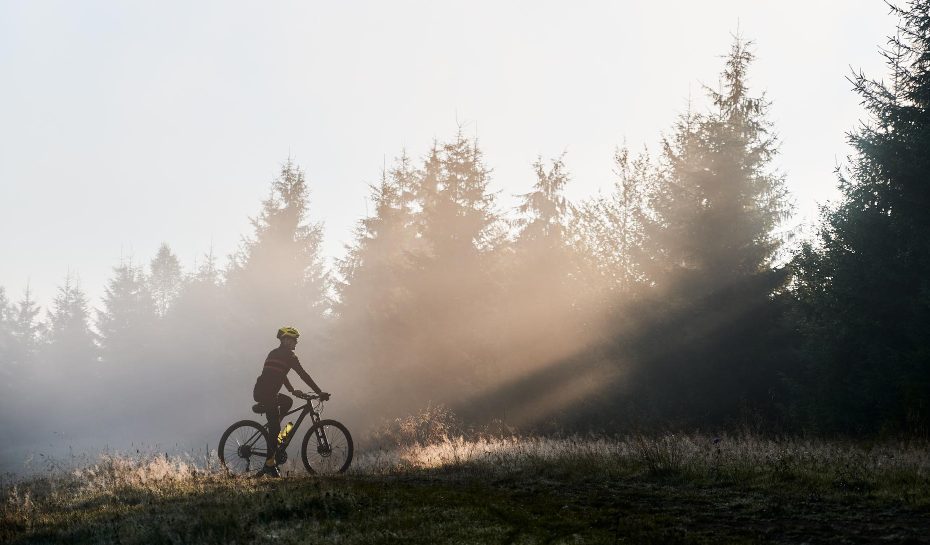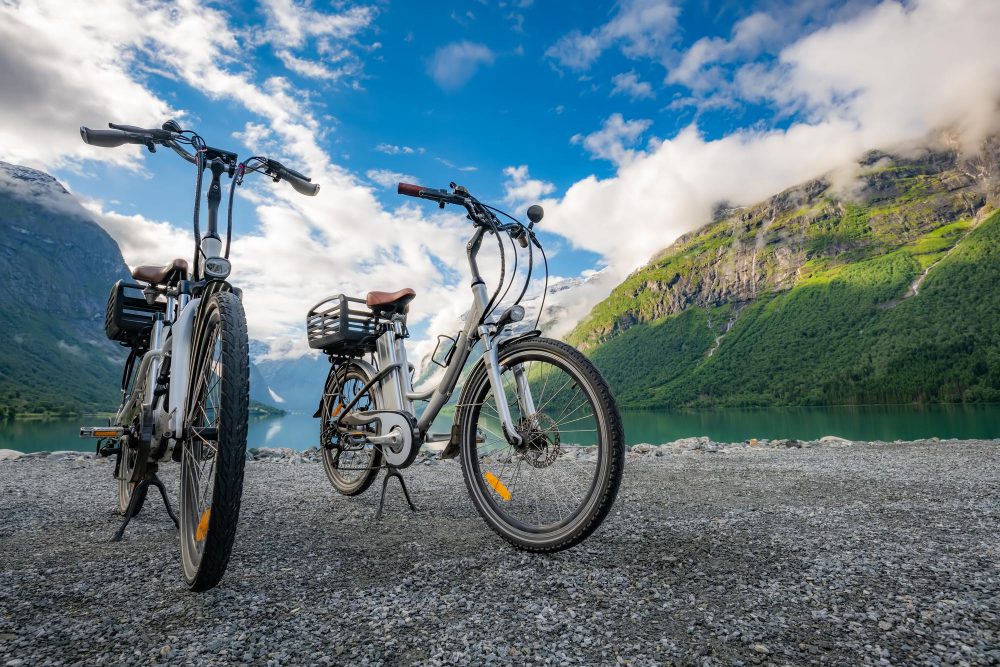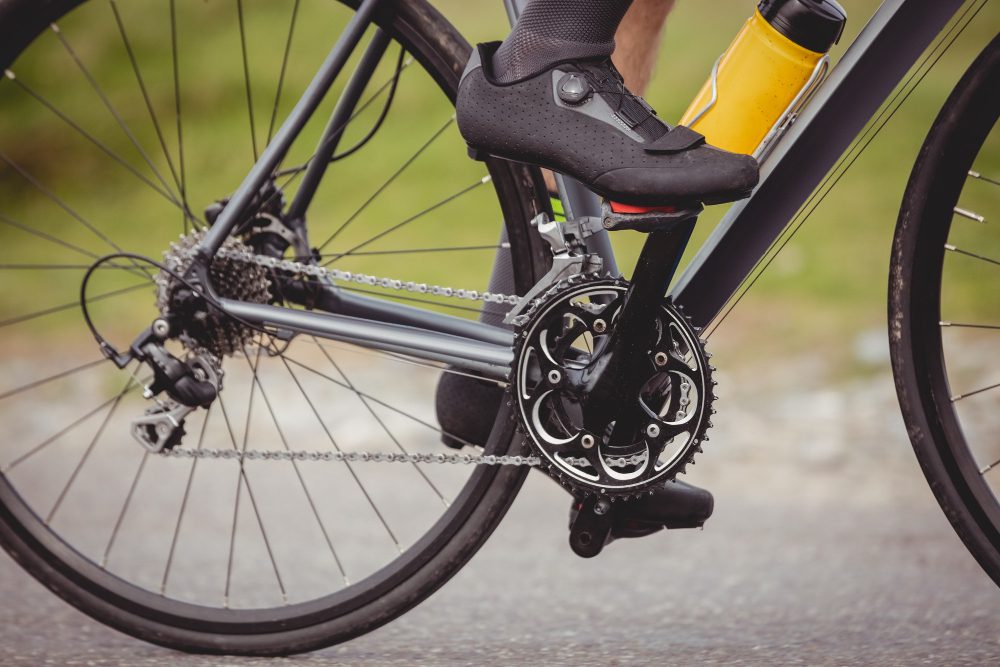Can I use a mountain bike for touring?
Many cycling enthusiasts often wonder whether a mountain bike can be used for touring. While mountain bikes are primarily designed for off-road trails and rugged terrain, they can indeed be used for touring purposes. The suitability of a mountain bike for touring largely depends on the specific requirements of the tour and the preferences of the cyclist.
The versatility of mountain bikes
Mountain bikes are known for their durability and versatility. Their sturdy construction, wide tires, and robust suspension make them well-equipped to handle various terrains and challenging conditions. This versatility makes them suitable for both off-road adventures and long-distance touring.
When considering using a mountain bike for touring, it’s essential to consider the type of tour you plan to undertake. Mountain bikes are ideal for off-road and adventure tours, where rugged terrains, gravel roads, and uneven surfaces are expected. If your tour includes sections of unpaved or rough roads, a mountain bike would excel in providing stability and control.
Choosing the right mountain bike for touring
While mountain bikes can be used for touring, certain modifications and considerations may enhance their suitability for long-distance journeys. Here are a few factors to consider when choosing a mountain bike for touring:
- Tires: Opt for wider tires with a smoother tread pattern to improve rolling efficiency on paved roads.
- Frame: Look for a frame that allows you to attach racks and panniers for carrying gear and supplies.
- Suspension: Consider a bike with front suspension or a rigid fork, as rear suspension can add unnecessary weight and complexity.
By making these adjustments, a mountain bike can be transformed into a capable touring machine.
Packing and equipment
When using a mountain bike for touring, ensuring you have the right gear and equipment is crucial for a comfortable and safe journey. Here are some essentials to consider:
- Panniers or bikepacking bags: These allow you to carry clothes, food, camping gear, and other necessities.
- Water bottles or hydration reservoirs: Hydration is key during long rides, so ensure you have enough water-carrying capacity.
- Repair kit: Pack essential tools, spare tubes, a tire pump, and other repair supplies to handle any mechanical issues on the road.
“Using a mountain bike for touring adds an element of adventure and flexibility to your journey. It allows you to explore both off-road trails and paved roads, opening up a wider range of routes and destinations.” – Experienced cyclist
Considerations and limitations
While mountain bikes can be used for touring, it’s important to acknowledge their limitations. Here are a few considerations:
- Speed: Mountain bikes are generally heavier and less aerodynamic than road or touring bikes, which may impact your speed and efficiency on long-distance rides.
- Comfort: The aggressive riding position and suspension setup of mountain bikes may not provide the same level of comfort as purpose-built touring bikes.
- Efficiency: The wide, knobby tires on mountain bikes can result in higher rolling resistance on paved surfaces, requiring more effort to maintain speed.
Despite these considerations, many cyclists have successfully completed long-distance tours on mountain bikes and thoroughly enjoyed the experience.
Why not use a mountain bike on the road?
Using a mountain bike for touring on the road may seem like a convenient option at first, but it is important to consider the drawbacks before making a decision. While mountain bikes are designed for off-road trails and rough terrains, they may not be the best choice for long road trips. Here are a few reasons why:
Tire Efficiency and Speed
Mountain bike tires have a knobby tread pattern that provides excellent traction on uneven surfaces, but it can slow you down on smooth roads. The increased rolling resistance of mountain bike tires compared to slick road bike tires can make your journey more tiring and time-consuming.
Handling and Stability
Mountain bikes often have wider handlebars and a more upright riding position, which may not offer the same level of stability and control as a road bike. This can be especially noticeable when navigating on busy roads or during high-speed descents.
Weight and Efficiency
Mountain bikes tend to be heavier than road bikes due to their robust construction and suspension systems. This added weight can result in more effort required to maintain speed and climb hills. On long road tours, a lighter and more efficient road bike can make a significant difference in comfort and overall enjoyment.
Gearing
Mountain bikes typically have a lower gear range suited for steep climbs and technical terrain. While this is advantageous off-road, it can limit your speed and pedaling efficiency on the road. Road bikes often feature higher gear ratios, allowing for faster speeds and smoother cadence.
Quote:
“Using a mountain bike on the road is like wearing hiking boots for a marathon – they may get you to the finish line, but not without unnecessary discomfort and slower times.” – Cycling Enthusiast
Considering these factors, it is recommended to invest in a road bike or a hybrid bike specifically designed for touring on paved surfaces. These bikes offer a more efficient riding experience, better handling, and increased comfort over long distances.
- Improved tire efficiency and speed
- Enhanced handling and stability
- Reduced weight and increased efficiency
- Optimal gearing for road cycling
By choosing a bike that is well-suited to the demands of road touring, you can ensure a smoother, faster, and more enjoyable experience throughout your journey. So, next time you plan a road tour, consider leaving your mountain bike at home and opt for a bike designed specifically for the road.



